- Autumn pruning of raspberries: which way to choose?
- Pruning to the root
- Slight trim
- Benefits of autumn pruning
- Pruning to the root: when and why?
- Step-by-step guide to pruning to the root
- The advantages of a slight trim
- When is it best to opt for a slight trim?
- 1. Young or weak plants
- 2. Winter protection
- 3. Regular maintenance
- 4. Space limitations
- How to Perform a Slight Trim: A Simple Guide
- What is a Slight Trim?
- When to Perform a Slight Trim?
- Step-by-Step Guide to Performing a Slight Trim:
- Tips and Considerations:
- Comparing the results: pros and cons
- Pruning to the Root
- Pruning to a Slight Trim
- Question-answer:
- When is the best time to prune raspberries?
- Which is better, pruning raspberries all the way to the root or just giving them a slight trim?
- How can pruning raspberries to the root help control diseases and pests?
- What are the benefits of giving raspberries a slight trim instead of pruning to the root?
- Is it necessary to prune raspberries every year?
- Video: How To Prune Autumn Fruiting Raspberries
Raspberry plants require regular pruning to maintain their health and productivity. One of the main decisions that gardeners face when pruning raspberries in the autumn is whether to cut them to the ground or prune them lightly. Both approaches have their advantages and can be effective, depending on the specific needs of the plants and the preferences of the gardener.
Pruning raspberries to the ground, also known as “cane renewal pruning,” involves cutting all the canes down to the soil level. This approach is typically recommended for older raspberry plants that have become crowded or overgrown. By cutting the canes to the ground, gardeners can encourage new, more vigorous growth in the spring. This method also helps to eliminate any potential diseases or pests that may be present in the old canes.
On the other hand, some gardeners prefer to prune raspberries lightly in the autumn, leaving some of the canes intact. This method, known as “selective pruning,” allows the plant to produce a small crop of berries in the following year while still encouraging new growth. It can be a good option for gardeners who want a balance between maintaining productivity and rejuvenating the plant. Selective pruning also allows for easier identification of the different types of canes, such as primocanes and floricanes, which can be beneficial for crop management.
In conclusion, there are two main approaches to autumn pruning of raspberries: cutting them to the ground or pruning them lightly. Each method has its advantages and can be effective, depending on the specific needs of the plants and the preferences of the gardener. It is important to consider the age and condition of the raspberry plants, as well as the desired balance between productivity and rejuvenation, when deciding which pruning method to use.
Autumn pruning of raspberries: which way to choose?
When it comes to pruning raspberries in the autumn, there are two main methods that gardeners can choose from: pruning to the root or giving the plants a slight trim. Each method has its own advantages and considerations, and it ultimately depends on the gardener’s goals and preferences.
Pruning to the root
Pruning raspberries to the root involves cutting the canes down to the ground level. This method is also known as “cane renewal” pruning, as it removes all the old wood and encourages the growth of new, healthier canes.
- This method is recommended if you want to maintain the highest level of productivity in your raspberry plants.
- Pruning to the root helps minimize the risk of diseases and pests, as it removes any potential sources of infection.
- It allows for better airflow and sunlight penetration, which promotes better fruit production.
- However, this method requires more effort and time, as all the canes need to be cut individually.
Slight trim
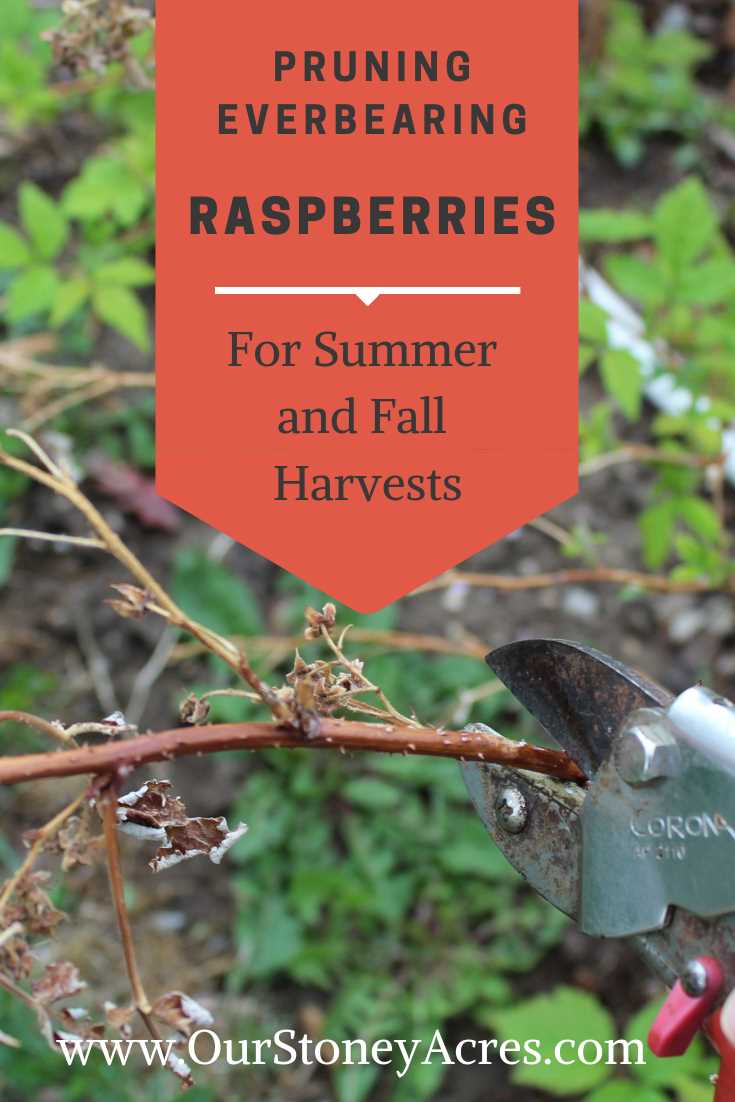
The other method of autumn pruning involves giving the raspberry canes a slight trim rather than cutting them down completely. This approach is often referred to as “tip pruning” or “minimal pruning”.
- This method is less labor-intensive, as you only need to trim the top few inches of the canes.
- Slight trim pruning is suitable if you have limited time and resources but still want to maintain the overall health of your raspberry plants.
- It helps reduce the risk of winter damage by removing any weak or damaged canes.
- However, keep in mind that this method may not provide the same level of rejuvenation and productivity as pruning to the root.
In conclusion, the choice between pruning raspberries to the root or giving them a slight trim depends on your priorities as a gardener. If you prioritize maximum productivity and are willing to invest more time and effort, pruning to the root is the recommended method. On the other hand, if you have limited resources but still want to ensure the overall health of your plants, a slight trim can be a suitable alternative.
Benefits of autumn pruning
Autumn pruning of raspberries offers several benefits that contribute to the overall health and productivity of the plants. Here are some advantages of practicing autumn pruning:
- Promotes better air circulation: Pruning in autumn helps to open up the plant canopy, allowing for better air circulation. This reduces the risk of fungal diseases and promotes a healthier growth environment for the raspberries.
- Controls the spread of diseases: Removing any diseased or infected canes during autumn pruning helps prevent the spread of diseases to healthy canes and other plants. This can significantly reduce the overall risk of infection in the raspberry patch.
- Encourages the growth of new canes: Pruning raspberries in autumn stimulates the growth of new canes in the following growing season. These new canes tend to be more vigorous and productive, leading to higher yields of raspberries.
- Simplifies maintenance: By pruning in autumn, you can remove any dead or damaged canes, making the maintenance of the raspberry patch easier. This also helps in identifying and managing any pest or disease issues more effectively.
- Aids in sun exposure: Pruning back the canes allows more sunlight to reach the remaining canes and the fruiting buds. This promotes better fruit development and ripening, resulting in sweeter and better-quality raspberries.
Overall, autumn pruning is a valuable practice for raspberries as it promotes plant health, reduces the risk of diseases, and improves yield and fruit quality. It is important to follow proper pruning techniques and timing to maximize the benefits and ensure the long-term success of the raspberry plants.
Pruning to the root: when and why?
Pruning to the root is a technique used in the autumn pruning of raspberries, where the canes are cut down to ground level. This method is typically done in late autumn or early winter, after the raspberry plants have gone dormant.
Timing: Pruning to the root is best done when the raspberry plants have completed their fruiting and the leaves have fallen off. This is typically in late autumn or early winter, before the first frost hits. It is important to wait until the plants have gone fully dormant before pruning to avoid any potential damage.
Reasons for pruning to the root:
- Renewal: Pruning to the root stimulates the growth of new canes, which will bear fruit in the following year. By removing the old and unproductive canes, the plant’s energy is directed towards the new growth.
- Disease control: Pruning to the root helps to prevent the spread of diseases and pests. By removing the old canes, any potential infections or infestations are eliminated, reducing the risk of future problems.
- Air circulation: Pruning to the root allows for better air circulation within the raspberry plants. This helps to prevent the development of fungal diseases, such as powdery mildew, which thrive in damp and stagnant conditions.
- Easier maintenance: Pruning to the root makes it easier to manage the raspberry plants, as it clears out the old canes and provides a clean slate for the new growth. This allows for better access to the plants for watering, fertilizing, and harvesting.
Procedure:
- Using sharp pruning shears or loppers, cut down the canes to ground level. Dispose of the old canes to prevent the spread of diseases.
- Inspect the base of the raspberry plants for any signs of disease or pest infestation. If necessary, treat the plants with appropriate measures before the new growth starts.
- Apply a layer of mulch around the base of the plants to protect the roots and provide nutrients for the new growth in the spring.
Note: Pruning to the root is a more drastic method compared to a slight trim. It should only be done on plants that are healthy and well-established. It is important to follow proper pruning techniques to avoid damaging the plants.
Step-by-step guide to pruning to the root
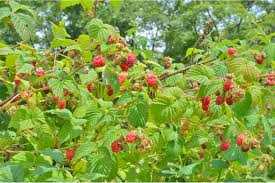
Pruning raspberries to the root can help rejuvenate older plants and promote healthier growth. Here is a step-by-step guide on how to prune raspberries to the root:
- Timing: Choose the right time to prune raspberries to the root. This is usually done during late winter or early spring, before new growth begins.
- Gather the necessary tools: To prune raspberries to the root, you will need a pair of sharp pruning shears or loppers, gardening gloves, and a clean cloth or paper towel.
- Inspect the plant: Before you start pruning, carefully examine the raspberry plant. Look for any dead, damaged, or diseased canes. They should be removed completely.
- Identify the oldest canes: Identify the oldest canes, which are typically thicker and woody in appearance. These canes should be pruned to the ground.
- Begin pruning: Start by cutting the oldest canes at ground level using sharp pruning shears or loppers. Make clean cuts at a slight angle to prevent water accumulation on the cut surface.
- Dispose of pruned canes: Collect and remove the pruned canes from the garden area. Properly dispose of them to prevent the spread of diseases.
- Repeat the process: Continue inspecting the raspberry plant and removing any additional dead, damaged, or diseased canes. Also, remove any canes that are growing too close together or crossing over each other.
- Clean and maintain tools: After pruning, clean the pruning shears or loppers with a damp cloth or paper towel. This will help prevent the spread of diseases to other plants.
- Apply mulch: Once pruning is complete, apply a layer of mulch around the raspberry plants to help retain soil moisture, suppress weeds, and protect the roots from extreme temperatures.
- Monitor and care for the plants: Regularly monitor the pruned raspberry plants for new growth. Provide proper care, including watering, fertilizing, and controlling pests, to promote healthy growth and fruit production.
By following these steps, you can successfully prune raspberries to the root, rejuvenating the plants and ensuring their long-term health and productivity.
The advantages of a slight trim

A slight trim method of autumn pruning can offer several benefits for raspberry plants. While there are alternative approaches, such as pruning to the root, a slight trim can be advantageous for the following reasons:
- Promotes better growth: By removing only the dead, damaged, or diseased canes, a slight trim allows the healthy canes to thrive and grow more vigorously. This promotes better overall plant health and productivity.
- Reduces risk of infection: Removing diseased canes prevents the spread of infections and diseases throughout the raspberry patch. This helps to maintain a healthier growing environment for the plants.
- Maintains structure: A slight trim preserves the overall structure of the raspberry plant, ensuring proper air circulation and sunlight penetration. This can prevent issues like powdery mildew and increase fruit production.
- Easier maintenance: Compared to pruning to the root, a slight trim requires less effort and time. It is a less invasive method that is relatively simple to perform, making it more accessible for gardeners of all skill levels.
- Encourages fruiting: By selectively removing older canes and leaving behind younger, more productive ones, a slight trim can stimulate increased fruiting in the next growing season. This can result in a higher yield of raspberries.
In summary, a slight trim method of autumn pruning offers numerous advantages for raspberry plants, promoting better growth, reducing the risk of infections, maintaining structure, facilitating easier maintenance, and encouraging higher fruit production. It is a practical and efficient approach that can contribute to the overall success of a raspberry patch.
When is it best to opt for a slight trim?
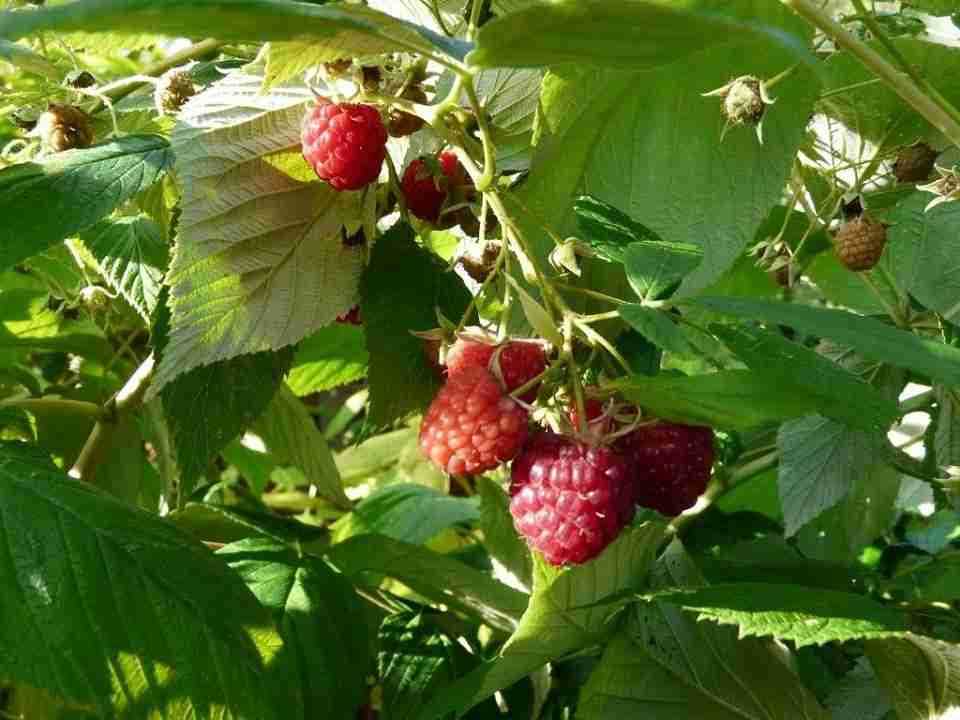
While some gardeners prefer to prune their raspberries to the root during autumn, there are situations where opting for a slight trim is the better choice:
1. Young or weak plants
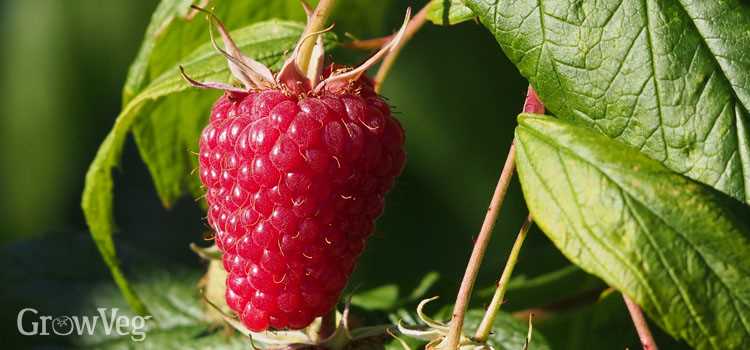
If you have recently planted raspberry canes or have plants that are still establishing themselves, it is advisable to opt for a slight trim rather than pruning to the root. This allows the plants to focus their energy on growth and root development, rather than on regrowing from the base.
2. Winter protection
Leaving some canes intact during the winter can provide additional protection to the crown and roots of the plant. By pruning lightly, you can create a natural barrier that helps insulate the plant from extreme cold temperatures, reducing the risk of frost damage.
3. Regular maintenance
If you regularly maintain your raspberry patch throughout the growing season, a slight trim during autumn may be sufficient to remove any dead or weak canes. This allows you to keep the plant tidy and encourages new growth in the spring.
4. Space limitations
If you have limited space in your garden or raspberry patch, opting for a slight trim can help control the spread of the plant. By selectively removing canes, you can manage the size and shape of the raspberry bush while still maintaining a healthy and productive plant.
It is important to note that the decision to opt for a slight trim should be based on the specific needs of your raspberry plants and your gardening goals. Consider the age and health of the plants, the winter climate in your area, and any space limitations you may have before deciding on the pruning method.
How to Perform a Slight Trim: A Simple Guide
What is a Slight Trim?
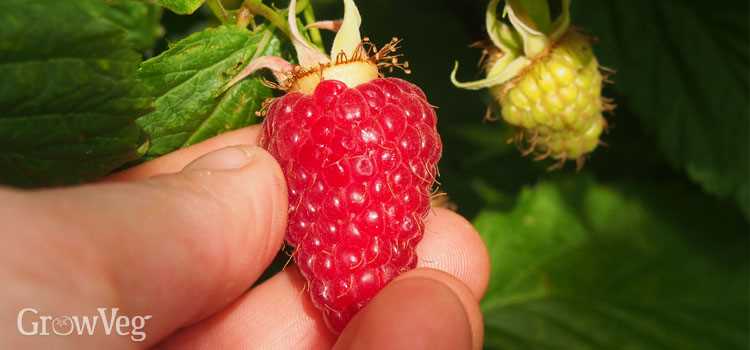
A slight trim is a method of pruning raspberry plants that involves removing only a portion of the plant’s canes. This technique helps promote better airflow and sunlight penetration, leading to healthier and more productive plants.
When to Perform a Slight Trim?
The best time to perform a slight trim on raspberry plants is in late winter or early spring before new growth begins. It’s crucial to choose a dry day when the plants are dormant to prevent the spread of diseases.
Step-by-Step Guide to Performing a Slight Trim:
- Start by wearing protective gloves and using clean and sharp pruning shears.
- Identify the well-established canes that have produced fruit the previous year. These canes are usually thicker and have a slightly different color.
- Remove any damaged, diseased, or dead canes by cutting them at the base. These canes are often discolored, withered, or have visible signs of diseases.
- Thin out the remaining canes by removing the weakest ones. Keep the strongest and healthiest canes, aiming for about 5-7 canes per linear foot of row.
- Trim the remaining canes to a height of about 5 feet using diagonal cuts just above a bud that faces outward from the row. This will encourage lateral growth and better fruiting.
- Collect and remove all the pruned canes and any debris from the area to prevent disease and pests.
Tips and Considerations:
- Remember to sanitize your pruning shears with alcohol or bleach solution before and after each cut to minimize the spread of diseases.
- Make sure to use sharp pruning shears to create clean cuts, promoting faster healing and reducing stress on the raspberry plants.
- Regularly monitor and scout for signs of pests or diseases throughout the growing season, taking appropriate action if necessary to protect your plants.
- Consider providing support for your raspberry plants, such as trellising or staking, to keep the canes upright and prevent them from bending or breaking under the weight of the fruit.
| Benefits | Description |
|---|---|
| Promotes airflow | Removing excess canes allows for better air circulation, reducing the risk of fungal diseases. |
| Improves sunlight penetration | By thinning out the canes, more sunlight can reach the plant’s foliage, aiding in photosynthesis and fruit development. |
| Enhances fruit quality | The selective pruning of canes helps redirect the plant’s energy towards producing larger and sweeter berries. |
Comparing the results: pros and cons
When deciding whether to prune raspberries to the root or to a slight trim, it is important to consider the pros and cons of each method. Both methods have their advantages and disadvantages, and the choice ultimately depends on the specific goals and preferences of the gardener.
Pruning to the Root
- Pros:
- Removes old and diseased canes completely, reducing the risk of pest and disease problems.
- Stimulates the growth of new healthy canes, resulting in higher yields in subsequent seasons.
- Helps to maintain the overall health and vigor of the raspberry plant.
- Cons:
- Can result in a delay in fruit production, as new canes need time to grow and develop.
- Requires more time and effort, as all canes need to be removed individually.
- May lead to a less compact and neat appearance of the raspberry plant.
Pruning to a Slight Trim
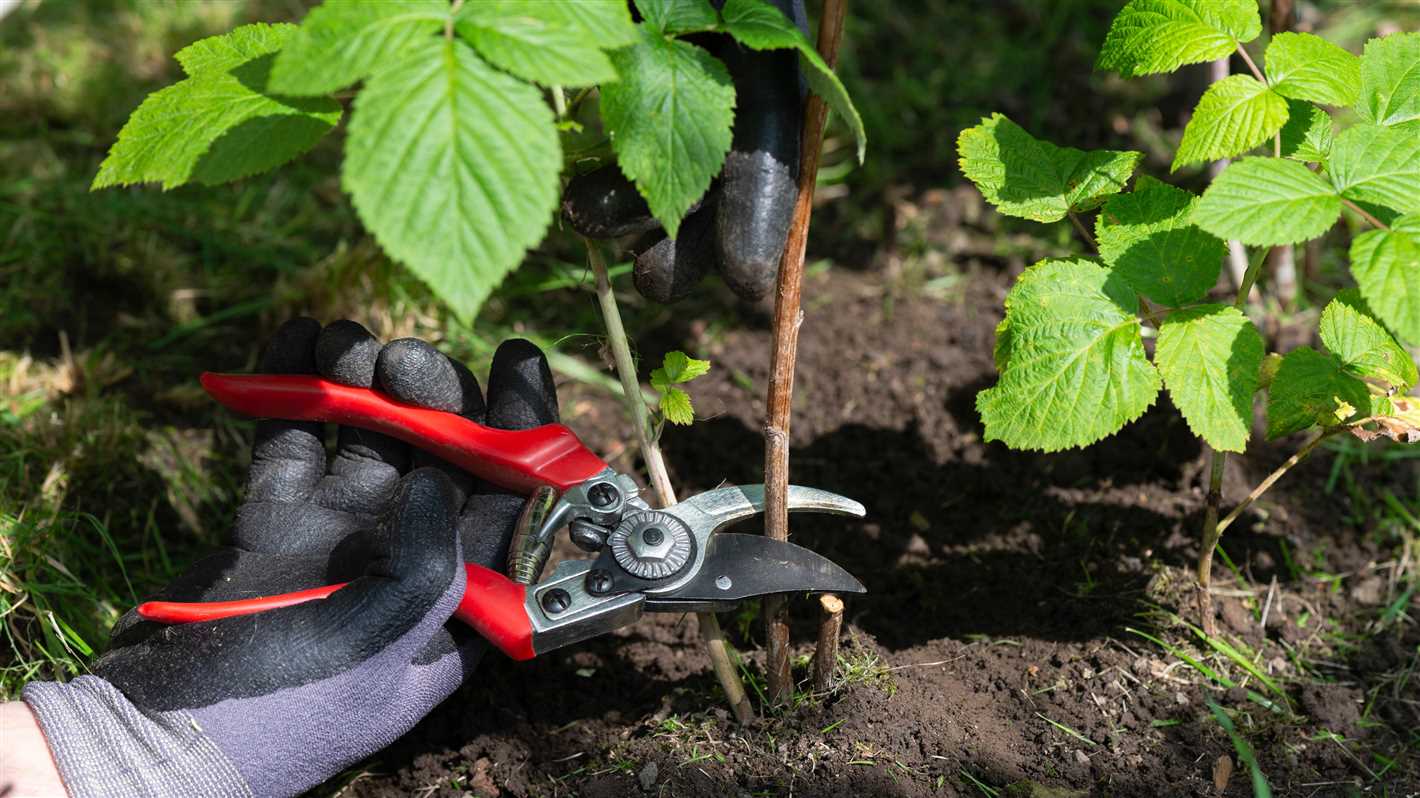
- Pros:
- Allows for earlier fruit production, as the existing canes remain intact.
- Requires less time and effort, as only the top portion of the canes needs to be trimmed.
- Maintains a compact and tidy appearance of the raspberry plant.
- Cons:
- May result in the accumulation of old and diseased canes, increasing the risk of pest and disease problems.
- Can lead to overcrowding and reduced airflow within the raspberry plant, potentially resulting in lower yields.
- May not stimulate the growth of new canes as effectively as pruning to the root.
In conclusion, both pruning methods have their advantages and disadvantages. Pruning to the root is generally recommended for maintaining the long-term health and productivity of raspberry plants, while pruning to a slight trim can be a suitable option for those who prioritize earlier fruit production and a neat appearance. Ultimately, the choice of pruning method should be based on the specific needs and goals of the gardener.
Question-answer:
When is the best time to prune raspberries?
The best time to prune raspberries is in late winter or early spring, before new growth begins.
Which is better, pruning raspberries all the way to the root or just giving them a slight trim?
Both methods can be effective, but it depends on the specific goals of the gardener. Pruning raspberries all the way to the root can help control diseases and pests more effectively, while a slight trim can help promote vigorous growth.
How can pruning raspberries to the root help control diseases and pests?
Pruning raspberries to the root removes any infected or damaged canes, reducing the risk of diseases and pests spreading to the healthy parts of the plant. It also allows for better airflow and sunlight penetration, which can further discourage the growth of pathogens.
What are the benefits of giving raspberries a slight trim instead of pruning to the root?
A slight trim can help stimulate the growth of new canes and improve the overall vigor of the plant. It can also help maintain a more manageable size for the raspberry patch and make harvesting easier.
Is it necessary to prune raspberries every year?
Yes, it is recommended to prune raspberries every year to maintain their health and productivity. Regular pruning helps remove old, diseased, or unproductive canes, promotes the growth of new canes, and allows for better airflow and sunlight penetration.







